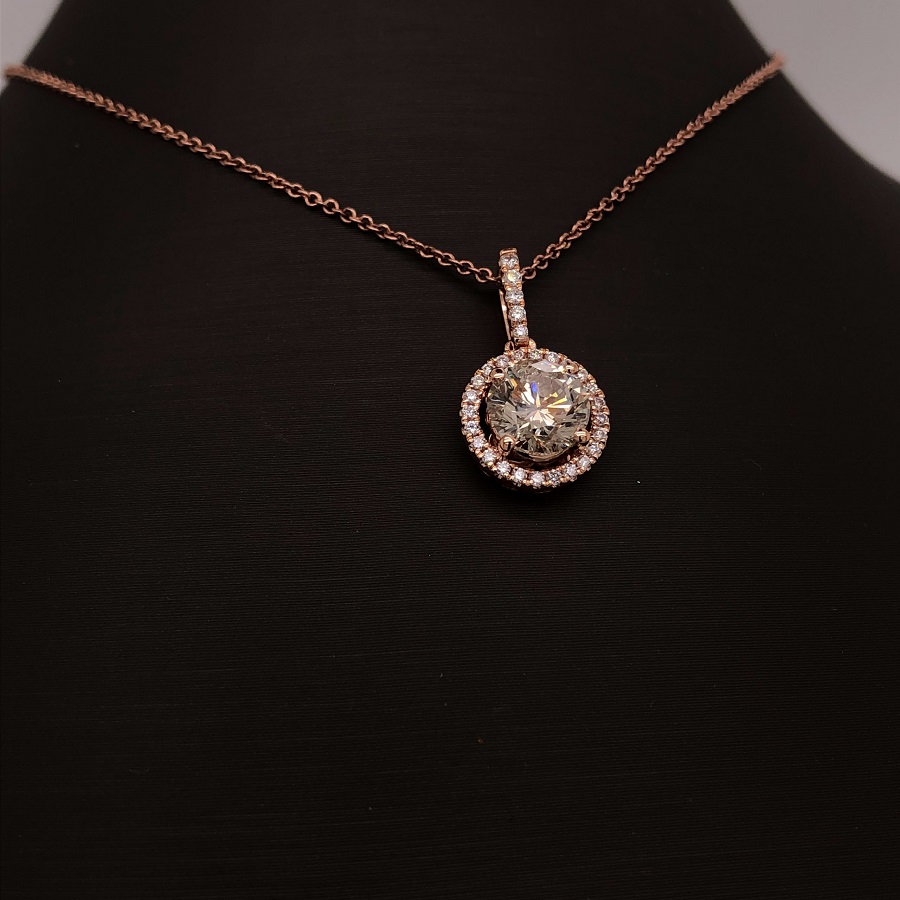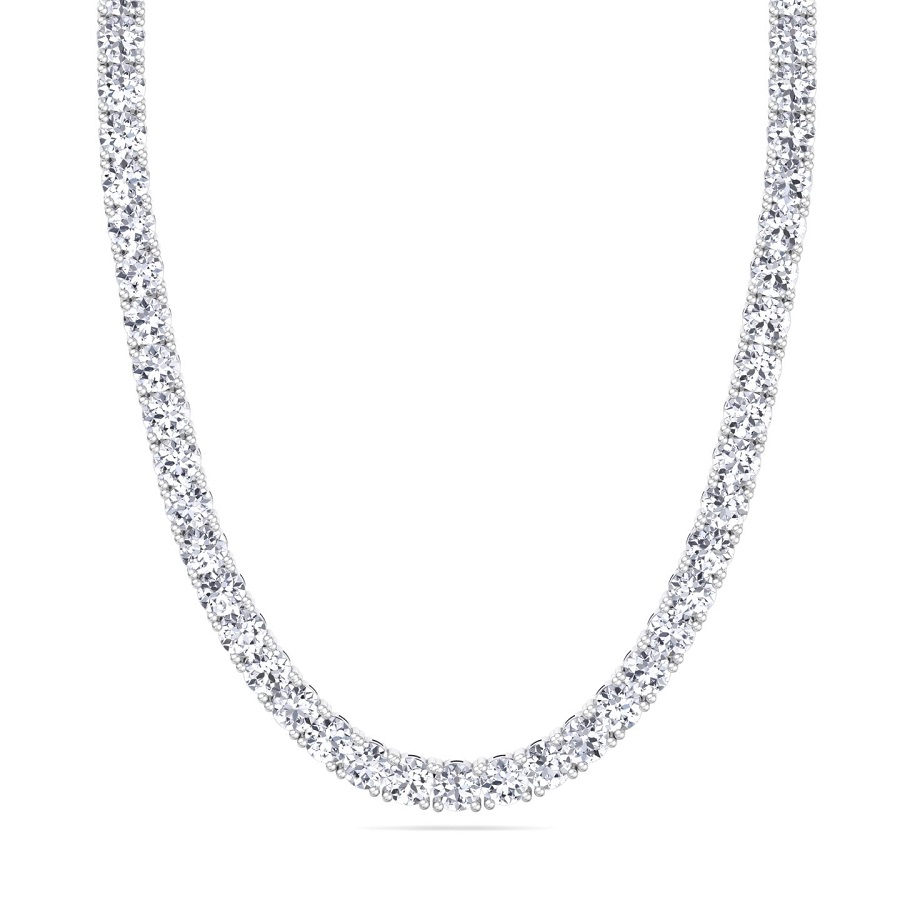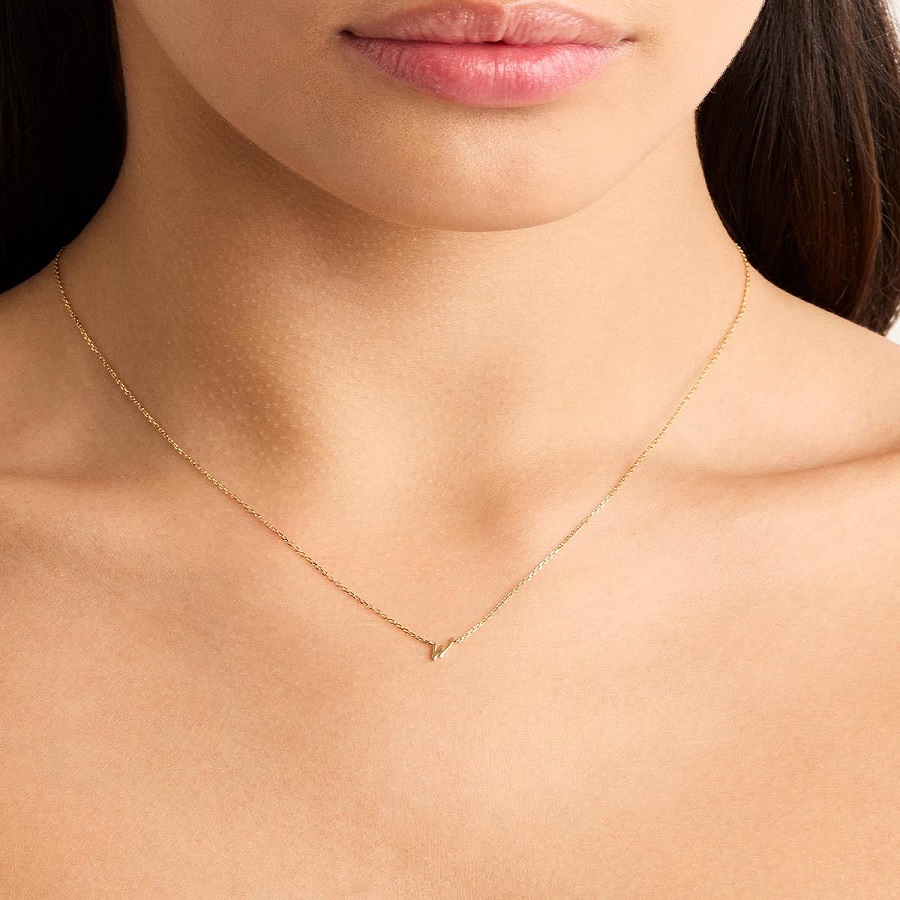 Introduction:
Introduction:
Children’s bracelets are delightful and fashionable accessories that can bring joy and personal expression to kids. Whether given as gifts, worn for special occasions, or simply used as everyday adornments, children’s bracelets provide a sense of style and individuality. In this comprehensive guide, we will explore various aspects of children’s bracelets, including different types, materials, sizing, and safety considerations. By understanding these factors, parents and guardians can make informed choices when selecting bracelets for their little ones, ensuring both style and safety.
Types of Children’s Bracelets
Charm Bracelets:
Charm bracelets feature dangling charms that can represent personal interests, hobbies, or special moments.
Kids can collect and add charms over time, creating a unique and meaningful piece of jewelry.
Beaded bracelets use colorful beads made from various materials, such as plastic, glass, or natural stones.
They can be strung together with elastic or string, allowing for flexibility and easy wearability.
Friendship bracelets are often handmade and involve intricate knotting or braiding techniques.
These bracelets are exchanged between friends as a symbol of their bond and can be customized with different patterns and colors.
Silicone Bracelets:
Silicone bracelets are made from a flexible and durable material that is easy to clean and maintain.
These bracelets often feature embossed designs, logos, or motivational messages.
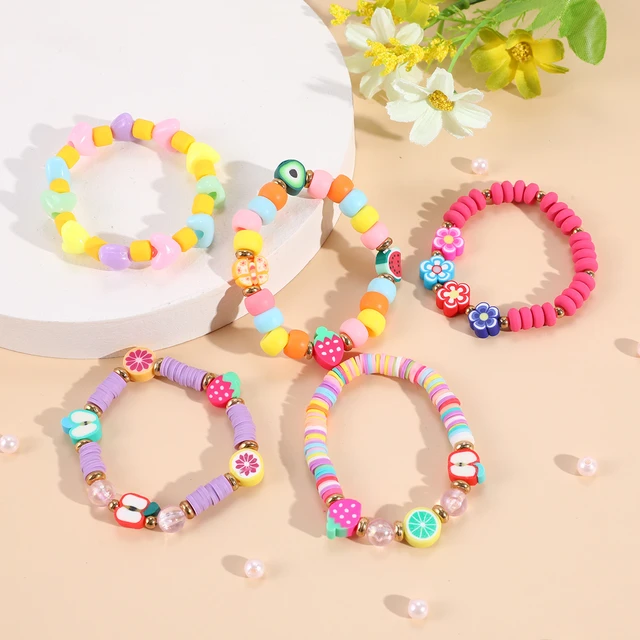 Materials for Children’s Bracelets
Materials for Children’s Bracelets
Sterling Silver:
Sterling silver bracelets are a popular choice for their durability, affordability, and timeless appeal.
They are typically hypoallergenic, making them suitable for kids with sensitive skin.
Stainless Steel:
Stainless steel bracelets are resistant to tarnish, scratches, and discoloration.
They are a sturdy and versatile option for children’s bracelets.
Plastic or Acrylic:
Plastic or acrylic bracelets are lightweight and often come in vibrant colors and patterns.
They are a fun and affordable choice for children’s accessories.
Natural Materials:
Natural materials such as wood, leather, or hemp can be used to create eco-friendly and organic children’s bracelets.
These materials offer a unique and earthy aesthetic.
Sizing and Fit
Bracelet Length:
Children’s bracelets are typically sized according to age or wrist circumference.
Common lengths include 5 inches for toddlers, 6 inches for young children, and 6.5 to 7 inches for older children.
Adjustability and Clasps:
Adjustable bracelets with extenders or lobster claw clasps allow for flexibility and ease of wear.
They can be lengthened or tightened as the child grows.
 Safety Considerations
Safety Considerations
Age Appropriateness:
Consider the age and development of the child when selecting bracelets.
Avoid bracelets with small parts or loose beads that could pose a choking hazard.
Allergies and Sensitivities:
Be mindful of any metal or material allergies the child may have, and opt for hypoallergenic options when necessary.
Look for bracelets made from safe and non-toxic materials.
Durability and Construction:
Consider the durability of the bracelet, especially for active children who may engage in physical activities.
Choose bracelets with secure closures to prevent loss or breakage.
Personalization and Meaning
Engraving and Customization:
Many children’s bracelets can be personalized with engravings, initials, birthstones, or meaningful symbols.
Adding personal touches can make the bracelet more special and sentimental.
Charms and Meaningful Symbols:
Consider choosing bracelets with charms or symbols that hold personal meaning for the child.
Such symbols can represent interests, beliefs, achievements, or aspirations.
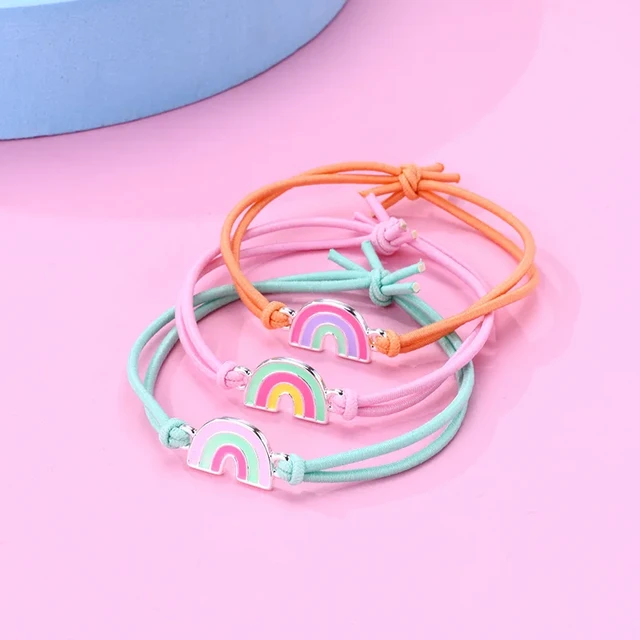 Children’s bracelets offer several advantages for children. Here are some of the benefits:
Children’s bracelets offer several advantages for children. Here are some of the benefits:
Self-Expression:
Children’s bracelets provide a means for self-expression. Through choosing and wearing bracelets with different colors, patterns, charms, or personalization, children can showcase their individual style and personality.
Creativity and Imagination:
Bracelets allow children to explore their creativity and imagination. They can mix and match different colors, materials, and designs to create unique combinations, fostering imaginative thinking and artistic expression.
Symbol of Friendship:
Friendship bracelets hold a special significance in children’s lives. Exchanging bracelets with friends can symbolize a bond and serve as a reminder of their friendship. These bracelets create a sense of belonging and connection.
Develop Fine Motor Skills:
Putting on and taking off bracelets can help develop children’s fine motor skills and hand-eye coordination. Manipulating clasps, threading beads, or tying knots contribute to the dexterity and control of their fingers and hands.
Positive Reinforcement:
Bracelets with inspirational messages or symbols can provide positive reinforcement for children. These bracelets can serve as reminders of their capabilities, encouraging a positive mindset and boosting self-confidence.
Fashion and Style Awareness:
Children’s bracelets introduce children to fashion and style awareness. It helps them understand and appreciate different designs, colors, and how accessories can complement their outfits, fostering a sense of aesthetics and personal grooming.
Occasion-Specific Accessories:
Children’s bracelets can be worn for special occasions such as birthdays, holidays, or celebrations. These accessories add an extra touch of festivity and enhance the overall look, making children feel more involved and excited about the event.
Emotional Comfort:
Bracelets can provide emotional comfort for children. Wearing a bracelet given by a loved one or with a sentimental value can serve as a source of reassurance, reminding children of the love and connection they have with that person.
These advantages demonstrate the multiple benefits of children’s bracelets, encompassing self-expression, creativity, social connections, developmental skills, and emotional well-being. Children’s bracelets offer more than just decorative accessories—they have the potential to enhance a child’s growth, confidence, and sense of personal identity.
Here’s a simple guide to making DIY children’s bracelets:
DIY children’s bracelets can be a fun and creative activity for kids. Here’s a simple guide to making DIY children’s bracelets:
Materials needed:
Beads: Choose colorful and child-friendly beads in various shapes, sizes, and materials. Pony beads, alphabet beads, or plastic beads with fun patterns are good options.
Elastic cord or stretchy string: Use elastic cord or stretchy string that is suitable for beading. Make sure it’s sturdy enough to withstand wear.
Scissors: Have a pair of scissors handy for cutting the cord to the desired length.
Instructions:
Measure and cut the cord: Determine the desired length of the bracelet and cut the elastic cord accordingly. Keep it slightly longer than the wrist size to allow for tying knots.
Add beads: Start by adding beads onto the cord. Let children choose their preferred pattern, color combination, or create random designs. Encourage their creativity and experimentation.
Secure the ends: Once the beads are added, bring the ends of the cords together. Tie several knots tightly to secure the beads in place. You may also add a drop of clear adhesive or use a crimp bead to further secure the ends.
Trim excess cord: Carefully trim any excess cord, leaving enough length for the knots to remain secure.
Optional embellishments: To add more flair, consider adding charms, pendants, or tassels to the bracelet. Simply attach them to the bracelet using jump rings or by directly stringing them onto the cord.
Tips:
Provide a variety of bead options to cater to different preferences and allow for more creativity.
Use beads with larger holes for younger children to make stringing easier.
Supervise children while using scissors or any sharp objects, ensuring their safety.
Encourage children to make bracelets for themselves or their friends as a thoughtful handmade gift.
DIY children’s bracelets not only foster creativity and fine motor skills but can also instill a sense of accomplishment and pride in children. This activity allows them to express their individuality and create unique accessories that they can wear or share with others.
 Conclusion:
Conclusion:
Children’s bracelets are not just fashion accessories; they can be cherished symbols of individuality, friendship, and personal expression for kids. By considering the different types, materials, sizing, and safety considerations, parents and guardians can select bracelets that are stylish, comfortable, and appropriate for their children. Whether it’s a charm bracelet, beaded bracelet, or friendship bracelet, the choices are numerous. Embrace the versatility and creativity offered by children’s bracelets, and allow your child to wear a meaningful and stylish accessory that they can treasure. With the right bracelet, you can bring joy, personal expression, and a touch of elegance to your child’s daily life.
